
Computational Quantum Science Lab
@cqs_lab
CQS Lab at EPFL (@EPFL_en, @epflSB), part of @QSECenter_EPFL. Machine Learning for Quantum; Quantum Computing, and +. Led by @gppcarleo - Home of the @NetKetOrg
ID: 1294270760379387912
https://www.epfl.ch/labs/cqsl/ 14-08-2020 13:53:31
118 Tweet
1,1K Followers
15 Following
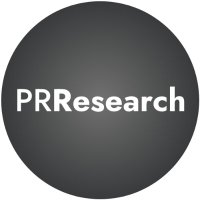
Phenomenological theory of variational quantum ground-state preparation, Nikita Astrakhantsev, Guglielmo Mazzola, Ivano Tavernelli, and Giuseppe Carleo Giuseppe Carleo Guglielmo Mazzola @n_astrakhantsev Condensed Matters Computational Quantum Science Lab go.aps.org/3t9N8Pg

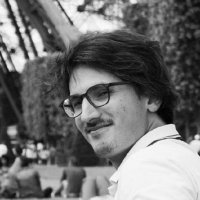
Congratulations to Alessandro Sinibaldi for his first published paper! I'm very proud of this work that I had started when still at Computational Quantum Science Lab with Giuseppe Carleo where we carefully investigated the sampling problems arising from using TDVP/tVMC and... (1/2)
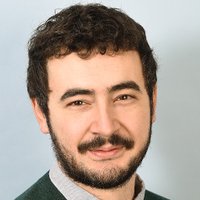

Published today in Quantum, a new work by Giuseppe Carleo of CQSL EPFL, in collaboration with Sergei Bravyi IBM Research and David Gosset, Yinchen Liu University of Waterloo Perimeter Institute


Congratulations to CQSL group members Gian Gentinetta and Friederike Metz on their first publication at EPFL!


Today on the arxiv 👀: arxiv.org/abs/2404.07869 Can interacting lattice bosons be faithfully described with NQS? Our answer is yes, via deep neural backflow transformations. We simulate Bose Hubbard across all interaction values and scale up to 20x20 lattices! Computational Quantum Science Lab Giuseppe Carleo
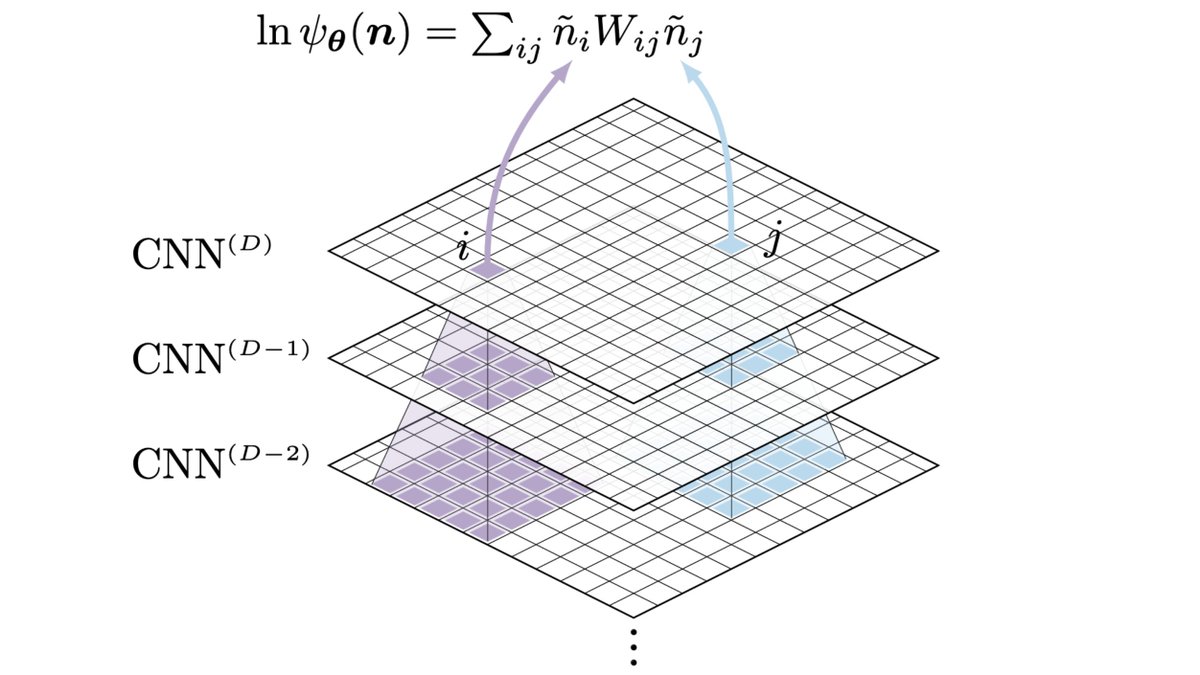

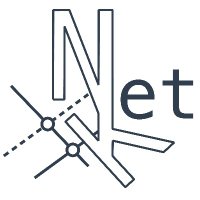
NetKet 3.12 is out, check the release notes here github.com/netket/netket/… ! Special thanks to Filippo Vicentini École polytechnique and Clemens Giuliani Computational Quantum Science Lab EPFL for the hard work to make this possible. 1/2
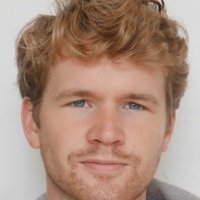
Our paper on the real-time dynamics of 2d thermal spin systems has now been published in PRB as an Editors' suggestion: journals.aps.org/prb/abstract/1… Computational Quantum Science Lab

New Computational Quantum Science Lab preprint, with Imelda Romero and Jannes Nys ! For those of you interested in computing excited states in periodic systems, check this out arxiv.org/abs/2406.09077, we introduce a neural backflow transformation that allows to accurately target excited states of given

🔬 New Computational Quantum Science Lab Publication Alert: Linda Mauron's debut paper, "Predicting Topological Entanglement Entropy in a Rydberg Analog Simulator," marks a significant advancement in the classical simulation of the dynamics of strongly interacting Rydberg atoms in two dimensions. Based


🚨 New quantum dynamics method: arxiv.org/abs/2403.07447 We found that factorizing the propagator into its Taylor roots provides the ideal framework for time-evolving neural quantum states in continuous space at higher orders. Introducing tre-tVMC! Computational Quantum Science Lab

Amazing news! Riccardo Rossi of Computational Quantum Science Lab EPFL has been recognized with the Hermann Kümmel Early Achievement Award for "groundbreaking advances in computational quantum field theory for many-fermion problems, including determinant algorithms for connected-diagram expansions
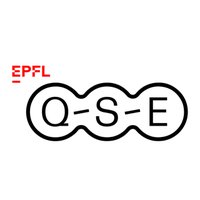
Researchers led by Giuseppe Carleo EPFL have developed a method for comparing quantum algorithms and identifying which quantum problems are the hardest to solve, key to harnessing quantum computing for real-world applications. EPFL Basic Sciences actu.epfl.ch/news/new-bench…
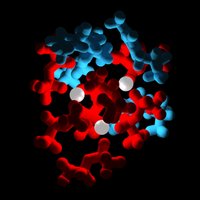
A large collaboration led by Giuseppe Carleo has introduced V-score, a method to compare the performance of classical and quantum algorithms when simulating complex phenomena in condensed matter physics. The benchmark is described in Science Magazine 👉 nccr-marvel.ch/highlights/car…


Our endeavor on variational benchmarks for quantum many-body problems is now published in Science Magazine! In this large collaborative work (~30 institutions) led by Computational Quantum Science Lab EPFL, we established a practical, agreed-upon metric to quantify the hardness of quantum problems



Excited to share our latest quantum chemistry preprint Computational Quantum Science Lab, the result of the hard work of Clemens Giuliani, arxiv.org/abs/2503.14502. We use a "simple" variational wavefunction composed of a few hundred optimized non-orthogonal Slater determinants and show that it achieves


